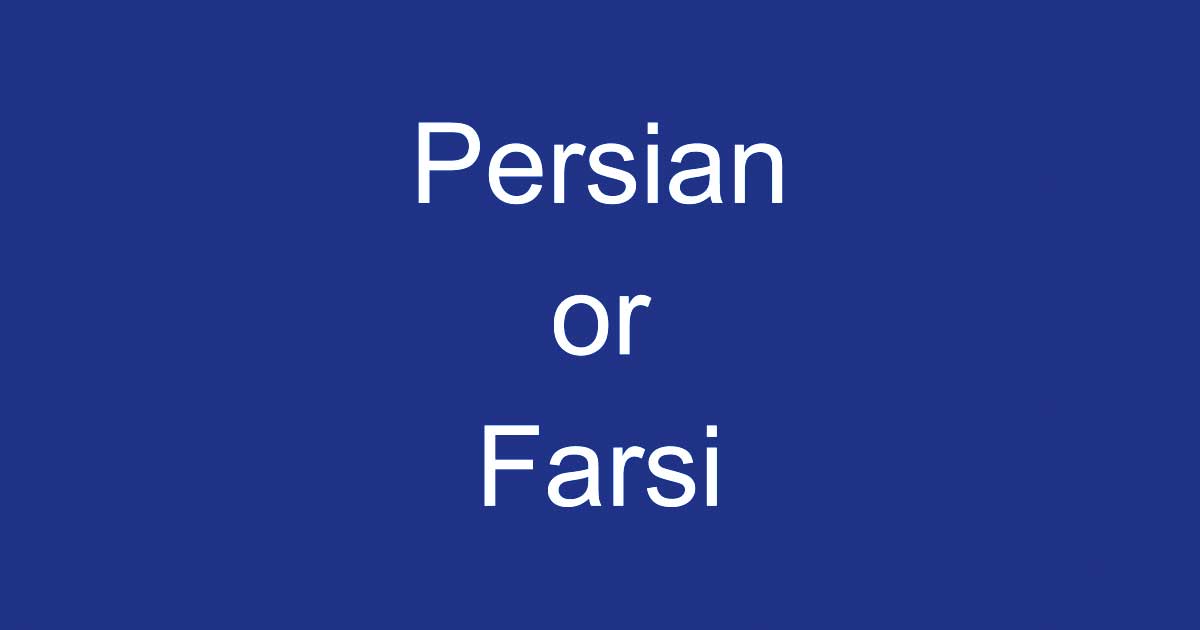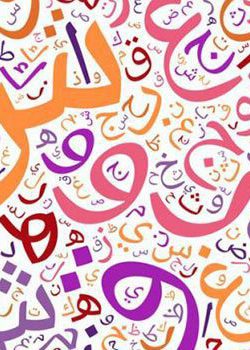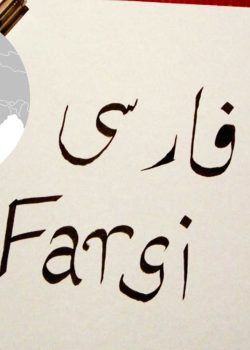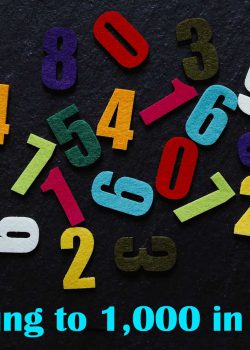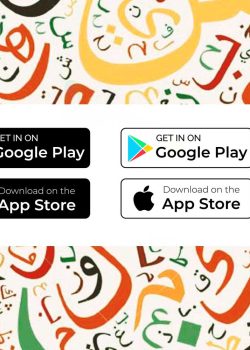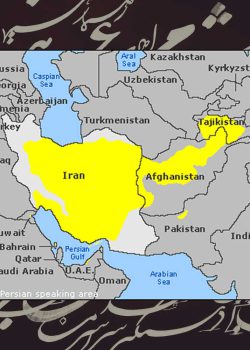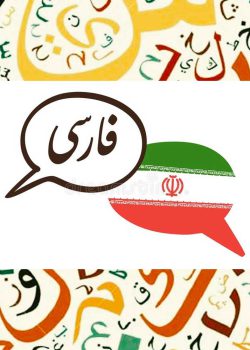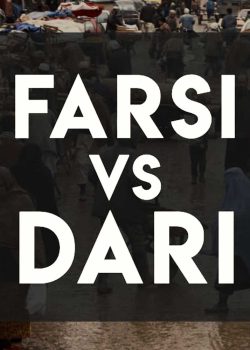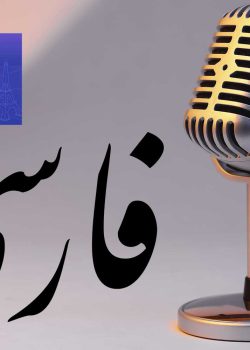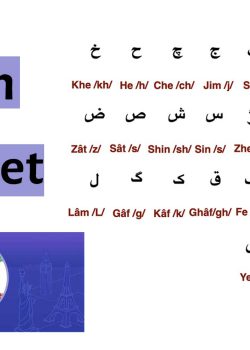Is Farsi the Same Language as Persian?
There are a wide variety of languages spoken throughout the world because of the diversity of cultures and customs. It’s also possible to distinguish between official and unauthorized dialects based on the context of these languages.
In Iran, Farsi or Persian is the term that Iranians have used to name their main language. Still, there are a few key distinctions between these two terms. We’ll explain the differences between Farsi and Persian in this article.
What is Persian?
Iranians, Tajiks, and Afghans use Persian as their primary language, which is an Indo-European language. It all started under the Achaemenid Empire, about 4,000 years ago. Since then, Persian has evolved into a contemporary language spoken by 110 million people worldwide
Persian language has three distinct dialects:
Iranian-Farsi, or Western Persian
The vast majority of Persian speakers use this form. Farsi, the official language of Iran, is the most popular name for this language. Farsi is also spoken by several ethnic groups in bordering countries, such as Iraq.
Persian-Dari, or Eastern Persian
Dari language is one of Afghanistan’s recognized national languages. Dari is the primary language of most Afghans, while Pashto is also spoken by a small minority.
If you’re fluent in one of the two languages, Dari or Farsi, you’ll notice a few minor variances. Unlike Farsi speakers, Dari speakers have a distinct accent and use words differently. Also, there are distinct differences in the way Dari people conjugate verbs.
Overall, people who speak Farsi and Dari can understand one another quite well. The majority of people make the comparison between these terms and those found in British and American English.
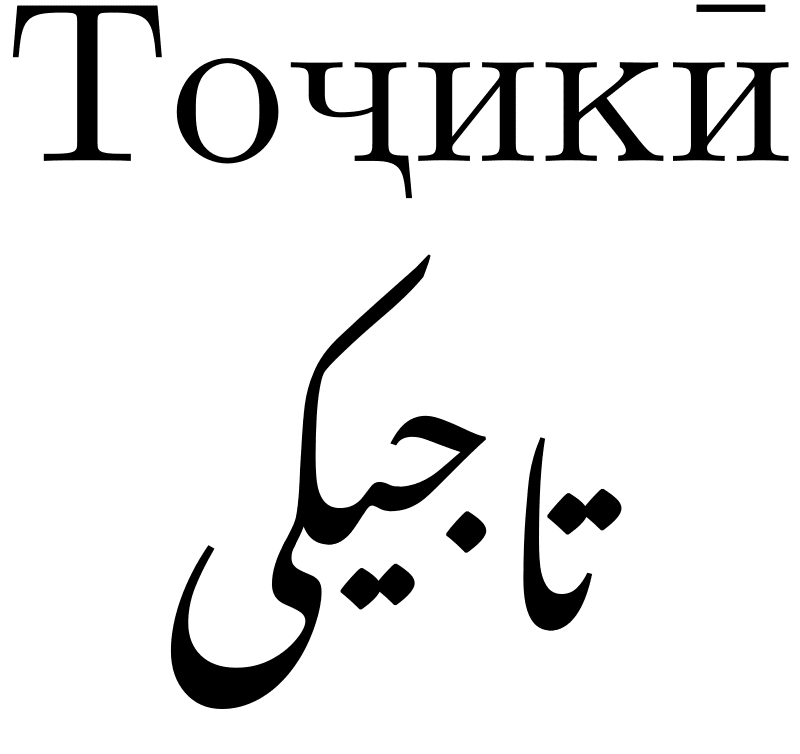
Tajiki
It is a combination of Dari, Uzbek and Russian influences. Tajik is the country’s official language. With the adoption of Cyrillic script, Tajikistan sounds very much like Dari. This is the first language to emerge from the former Soviet republic of Tajikistan following the collapse of the Soviet Union.
There are several dialects of Tajik as a result of the country’s long history of contact with other countries. Some dialects, like the Kulob dialect, sound more official and are preferred by broadcasters and politicians. Bukharan Jews established the Bukhori dialect, which is a mixture of Tajik and Hebrew.
Tajik is a type of Persian, yet it doesn’t sound like Farsi in any way whatsoever. The distinction between Persian and Farsi is essential in this scenario.
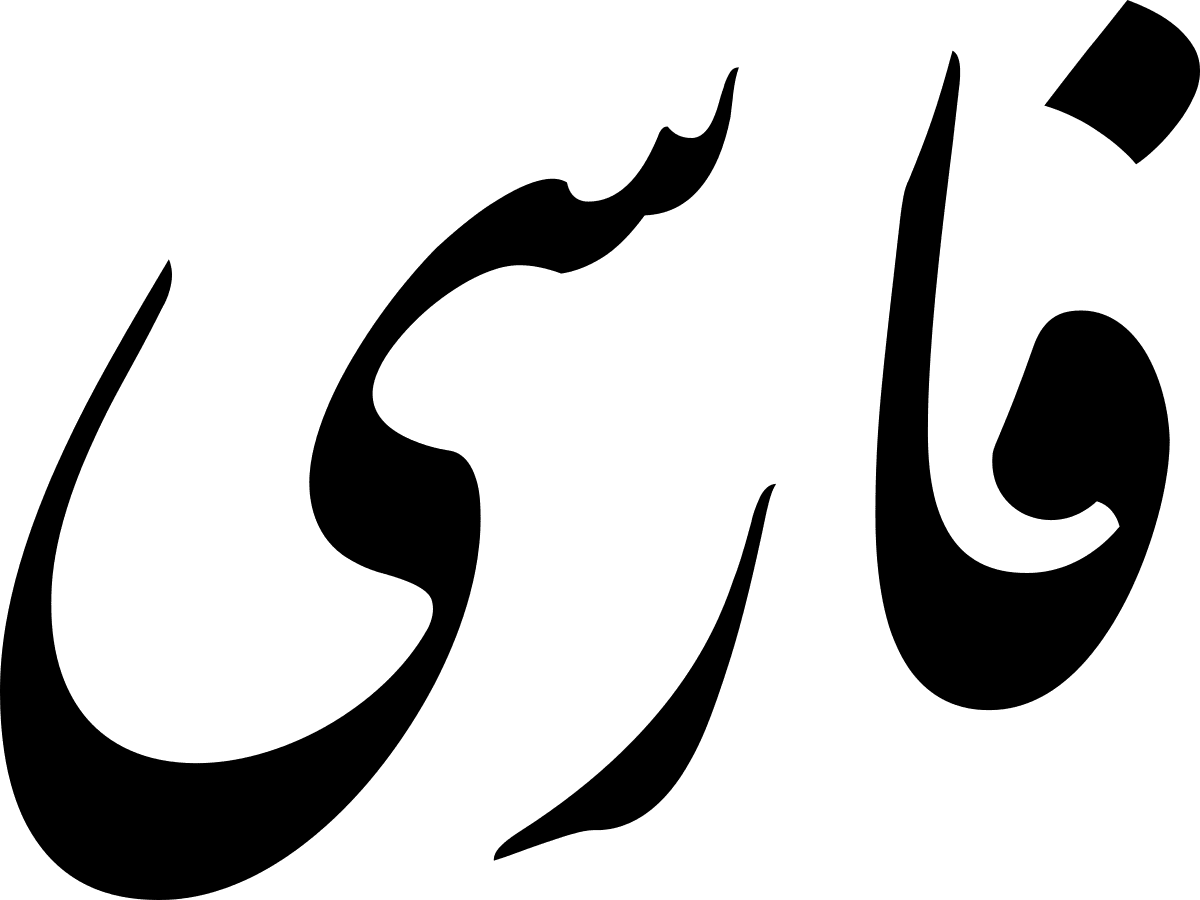
What is Farsi?
As you already know, Persian and Farsi differ somewhat in pronunciation. Iran’s primary language is Farsi. Many still refer to it as Parsi, the name given to the language before the turn of the twentieth century.
Although it has several dialects, official Persian is what you should focus on learning in school or online. In fact, your teacher may refer to this as Ketabi Farsi. The word “book” in Ketabi is derived from the more formal dialect that is used for writing. This regional variety will provide the groundwork for mastering subsequent subtleties of the language.
The Tehrani dialect, the most widespread speaking style in Iran, is usually included in most courses. Although you may speak Farsi exactly as it is written, there is a cultural tendency to pronounce things somewhat differently.
What Are the Main Differences Between Farsi and Persian?
There are many different ways of describing the language spoken in Iran, and Farsi is one of the most common. On the other hand, Persian language is an official language of Iran and dates back to the Middle Ages.
Persian is the official term in the Iranian language for administrative purposes and the international community and Farsi is what the language is called by Iranians and is it more common among them.
Farsi does not convey anything about Iranian history or culture. On the other hand, Persian connotes everything Iranian, including Iranian culture, customs, and history.
Farsi is used only by Iranians, and not in any literature or official documents relating to administration.
Why Not Learn Farsi or Persian?
Many people are interested in learning Persian, mostly the earlier version of it, such as the version used by writers like Ferdowsi or Hafez. Scholars and cultural enthusiasts may benefit from learning Farsi to better understanding and appreciate these priceless works. In addition, some tourists study Farsi before visiting Iran in order to be able to communicate better with locals.
Related Posts

